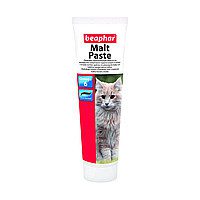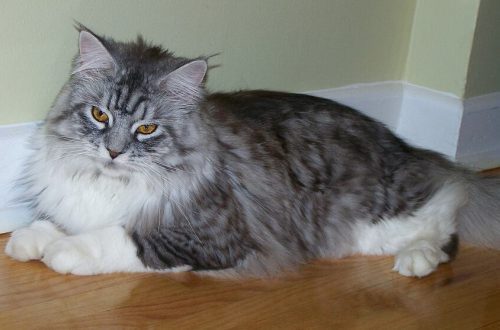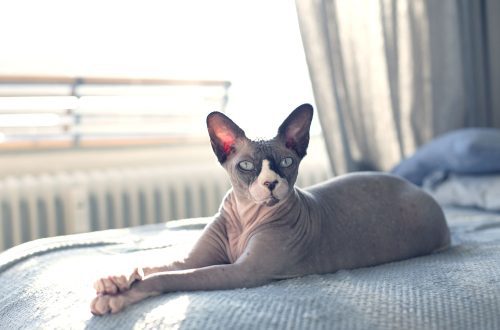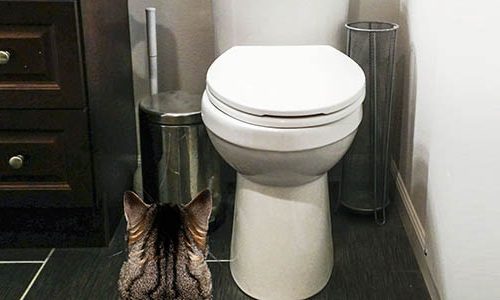
Malt paste for removing hair from the stomach
During licking, cats inevitably swallow a fair amount of wool, especially during molting. Most of the swallowed wool passes through the entire intestine and exits naturally, but it also happens that the wool accumulates in the stomach in the form of a lump of tangled hairs and burps, and if the lump collects in the intestines, this is fraught with constipation and discomfort. Some cat breeds are more prone to developing hairballs in the stomach: these are those with long hair and fluffy undercoat (Maine Coon, Siberian, Persian), and short-haired breeds with “plush” hair, when the hairs are short, but there are a lot of them and they frequently updated (British, Scottish).
Contents
What is malt paste and what is it for?
Malt means “malt” in English. Malt is a grain (of barley, as a rule) that undergoes fermentation and releases a substance that can break down starch into simple sugars. In malt pastes for cats, malt extract acts as a source of fiber, and the smell of malt is attractive to cats.
- The malt in the malt paste contains coarse fibers that stimulate intestinal motility, softening and helping to move hairballs to the “exit”, removing them from the body naturally without accumulating in excess, and relieves the cat of vomiting hair and constipation.
- Also, malt paste may include oils and fats, inactivated yeast, manano-oligosaccharides (MOS) – prebiotics for healthy intestinal microflora, omega-3 and omega-6 fatty acids, lecithin – a source of choline and inositol (vitamin B8), supporting liver function, heart and skin and coat health, the amino acid taurine, and other vitamins and minerals.
Malt paste is not an analogue of the grass that cats eat to induce vomiting and clear the stomach. The paste does not dissolve the hair and does not provoke vomiting, on the contrary, it prevents the hair from collecting in large lumps, stimulates digestion and the hair gently passes through the entire digestive tract and leaves the cat’s body with feces, as in a natural process, without causing discomfort.
How to apply malt-paste?
The paste should be dosed as indicated on the package. As a rule, you need to squeeze out a few centimeters daily or once a week, from 3 to 6 cm, depending on the manufacturer, the weight of the cat and her problem with hairballs.
- Pasta can be given directly from the tube
- Spread on your finger, or in a cat bowl and let lick
- Mix with any food
- If the pet categorically refuses the paste (a rarity, they usually eat it with pleasure), you can spread it directly on the front paw of the cat, the clean cat will not allow itself to walk with a dirty paw, and will lick off the paste.
At the same time, malt-paste can be used if you know for sure that the cat is vomiting because of wool and hair, in case of ineffective vomiting, vomiting of food or liquid, it is better to contact a veterinarian for examination and not self-medicate.
Examples of malt pastes
How else can you help a cat?
Malt pastes and food are just an integral part of cat care. Regular and thorough combing of the cat with slickers, brushes or a furminator will help to reduce the amount of swallowed wool and the formation of lumps from it, especially during the molting period.





